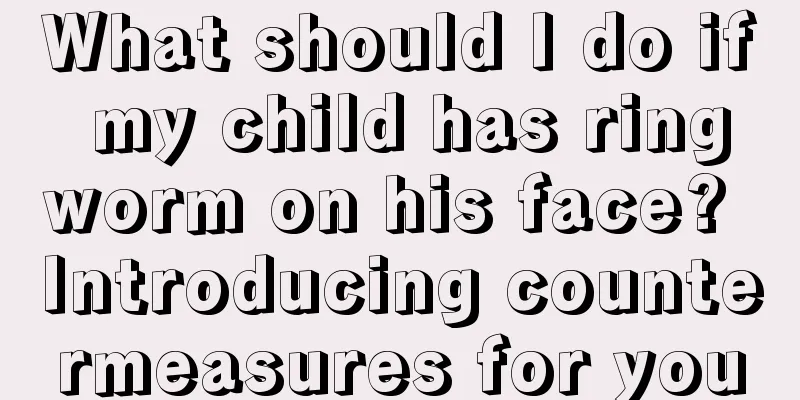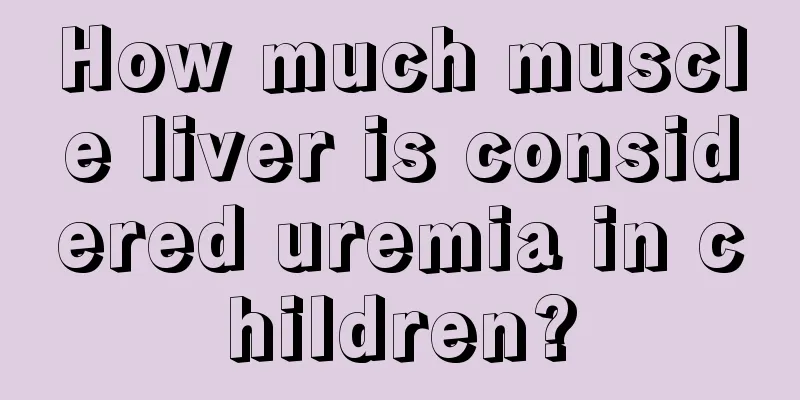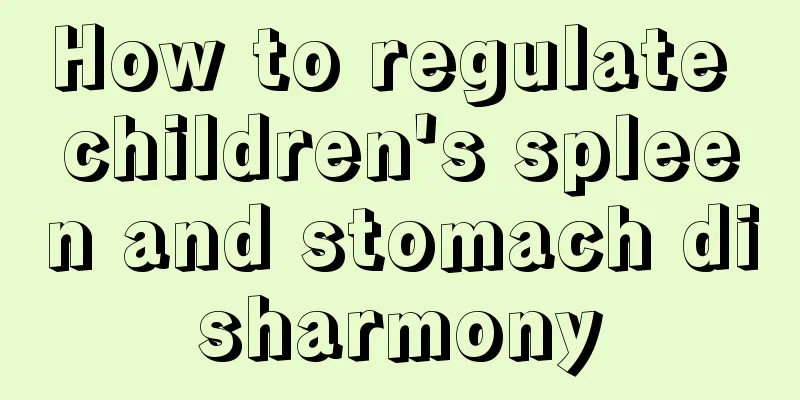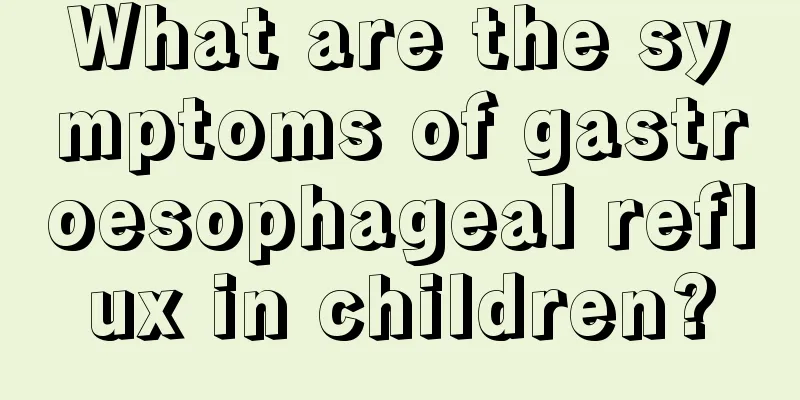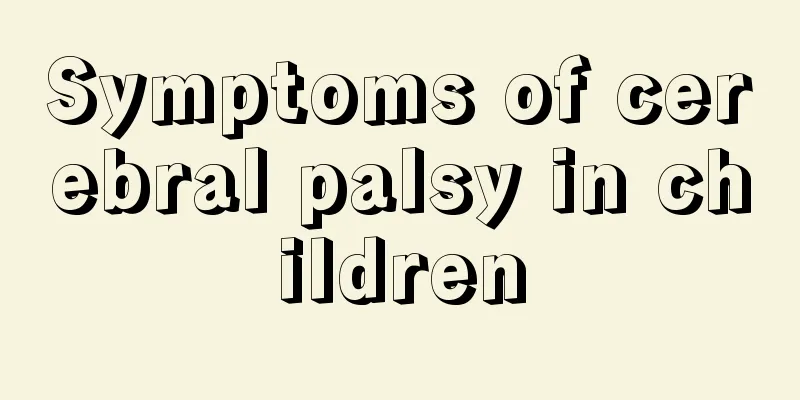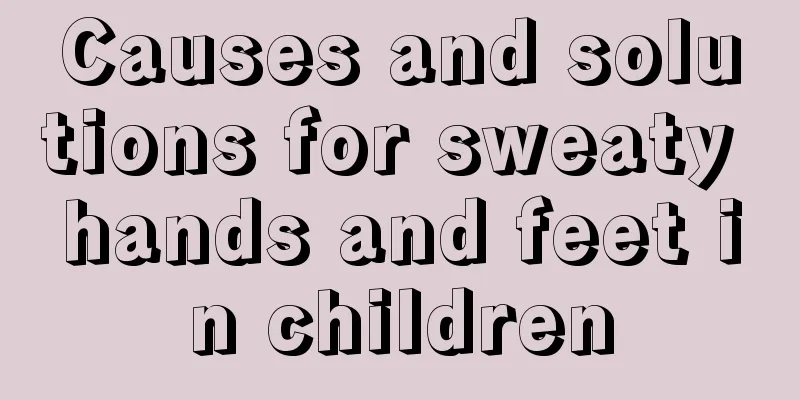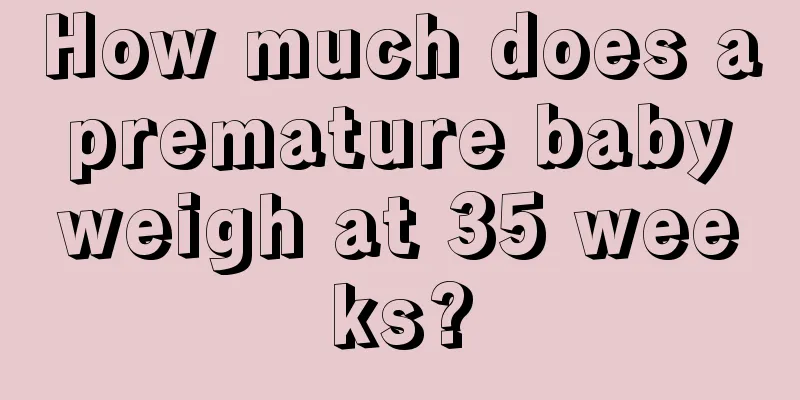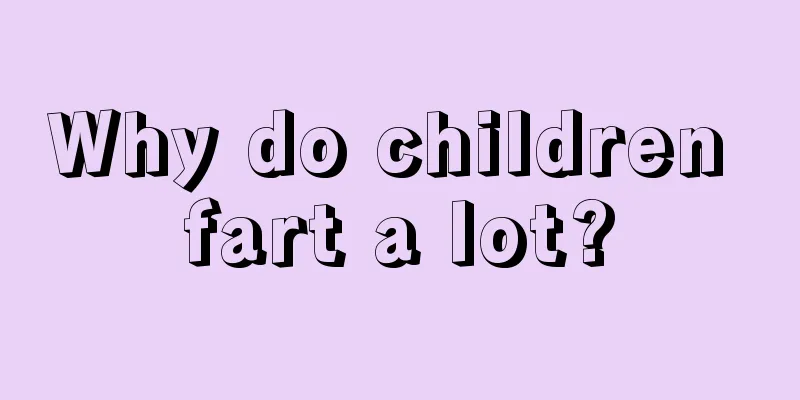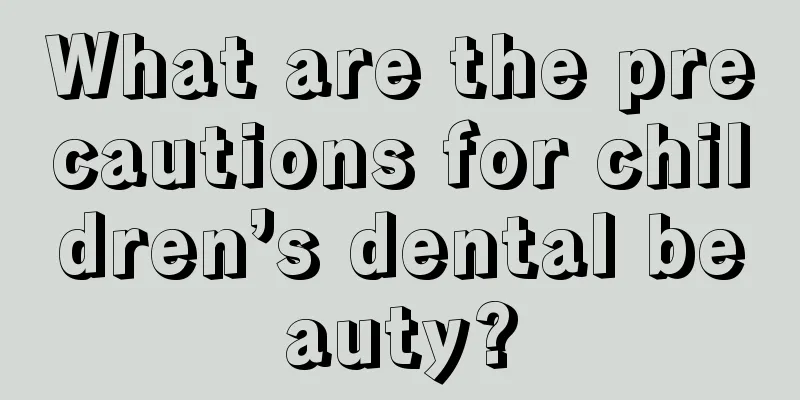How is Mycoplasma pneumonia treated in children?
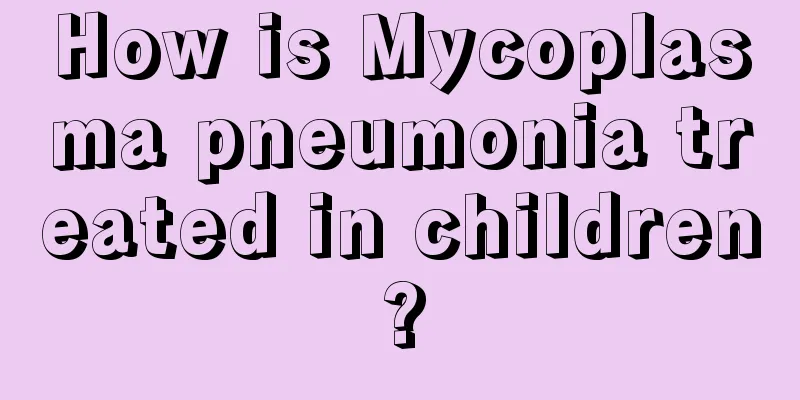
|
The treatment method of Mycoplasma pneumonia in children is very helpful for us to take care of children in life. I hope mothers can understand it well in life. We suggest that mothers should pay attention to their children's hands in life, try not to let their children touch dirty things, and pay attention to their children's hygiene, which will be of great help in preventing mycoplasma pneumonia in children. The incubation period of Mycoplasma pneumoniae infection can be up to 2 to 3 weeks. After the incubation period, most patients experience symptoms such as pharyngitis, rhinitis, tracheitis and bronchiolitis, with fever, headache, chills, cough, general malaise, obvious fatigue, and loss of appetite. The cough is dry at first, and then turns into a stubborn and severe cough, without sputum or accompanied by a small amount of sticky sputum, especially at night. Infants and young children may experience wheezing and difficulty breathing, and in severe cases, mycoplasma pneumonia may occur. Treatment plan: Children with mycoplasma pneumonia should be treated early. The preferred drugs are erythromycin, roxithromycin or azithromycin, and early use is more effective. Penicillin, streptomycin, and sulfonamides are generally ineffective. Since antibiotics such as erythromycin have certain side effects, parents should use them for their children under the guidance of a doctor and not take them on their own. People with severe cough can use expectorants and cough suppressants such as 10% ammonium chloride, antitussive syrup, and Chinese medicine bamboo juice. If an infant or young child is sick and it is difficult for him or her to take oral medication, he or she can be treated with the currently safer Chinese medicine external patch therapy, such as the Yiqi Patch. During illness, parents should let their children get more rest and keep the air in the bedroom fresh. For children with Mycoplasma pneumonia, the best room temperature is 18~20℃, and the air humidity should be maintained at 60% to prevent respiratory secretions from drying out and becoming difficult to cough out. Parents should also pay attention to giving their children some nutritious and easy-to-digest food, and eat small meals frequently, and encourage their children to drink plenty of water. Because Mycoplasma pneumonia is contagious and prone to relapse, isolation is important during the illness and treatment must be thorough. Parents should take their children outdoors more often to do physical exercises, improve their respiratory function and strengthen their physical fitness. Children should also be taught to cover their mouths with a handkerchief or paper when they cough to minimize the spray of droplets around; not to spit anywhere to prevent germs from polluting the air and infecting others. Children who are susceptible to respiratory infections should remember to add clothes when going out in cold seasons or when the climate changes suddenly to prevent catching a cold. In our daily life, we have many methods to treat mycoplasma pneumonia in children, but we should choose the treatment method according to its symptoms. When treating mycoplasma pneumonia in children, we recommend that mothers should let their children rest more, keep the indoor air circulating, and let the children drink more water and eat some easily digestible food. |
<<: Local symptoms of adenoids hypertrophy in children
>>: Symptoms of bronchopneumonia in children
Recommend
Will myolysis heal on its own?
There is a disease that you may not be familiar w...
What to do if children have a lot of runny nose due to rhinitis
Rhinitis is a very common disease with many cause...
What to do if your child has a mental disorder
Many parents will find that their children are a ...
Is it normal for a newborn to poop as soon as he feeds?
Many newborns have a problem, that is, if they ar...
15-year-old egg sac has many small white spots and it is itchy
If a 15-year-old boy has small white spots on his...
What are the causes and treatments for four-year-old children grinding their teeth while sleeping?
We often find children snoring after they fall as...
What to do if your child has yellow discharge from his ears
We believe that the phenomenon of yellow water fl...
What should I do if my child is bitten by an ant?
Ants are the most numerous creatures on Earth. Al...
What are the requirements for the baby's turning over time?
Newborns are the most vulnerable group that deser...
Premature infant feeding scale for three months
When a premature baby reaches three months old, h...
What should I do if my child has a blocked nose?
In daily life, if a child catches a cold, it will...
What are the methods for babies to recuperate and regulate their bodies during hospitalization?
As we all know, very young infants and young chil...
One year old baby has fever and shivers while sleeping
If a one-year-old baby has a fever, the body will...
White spots on the child's skin
The appearance of white spots is not a normal phe...
What should I do if my baby can't crawl after more than eight months?
Many people who have fed their children know that...
